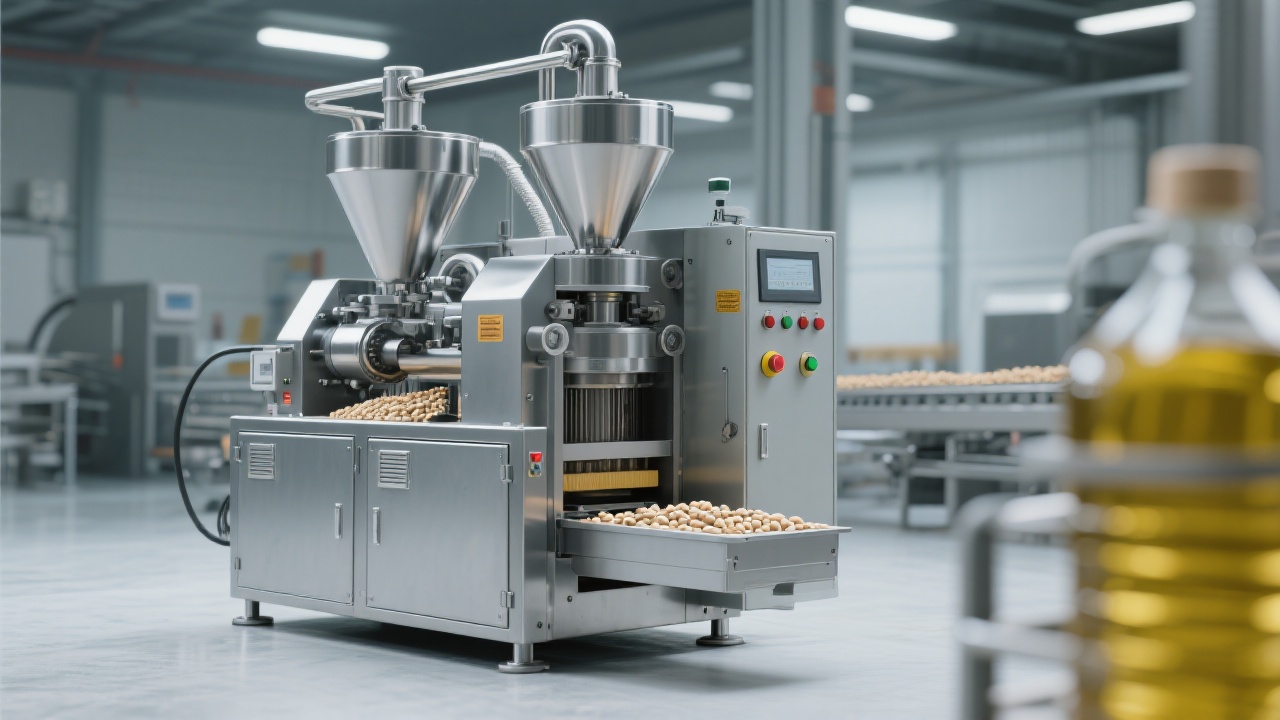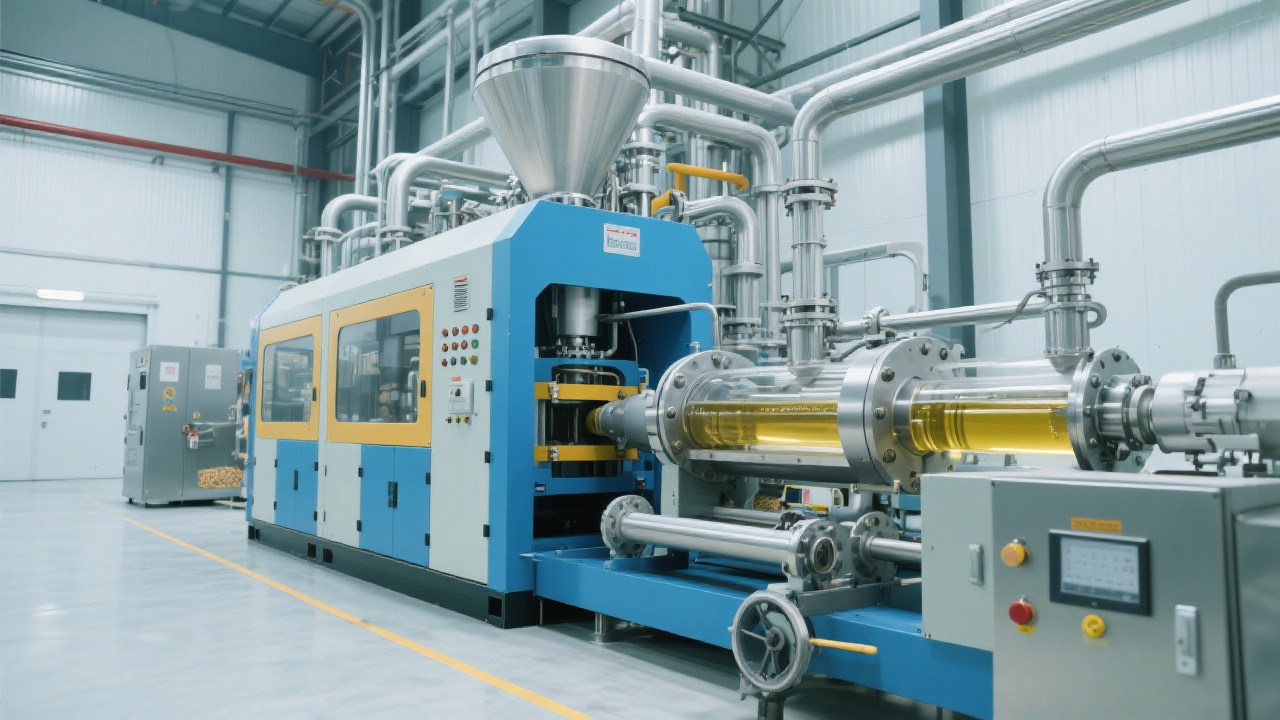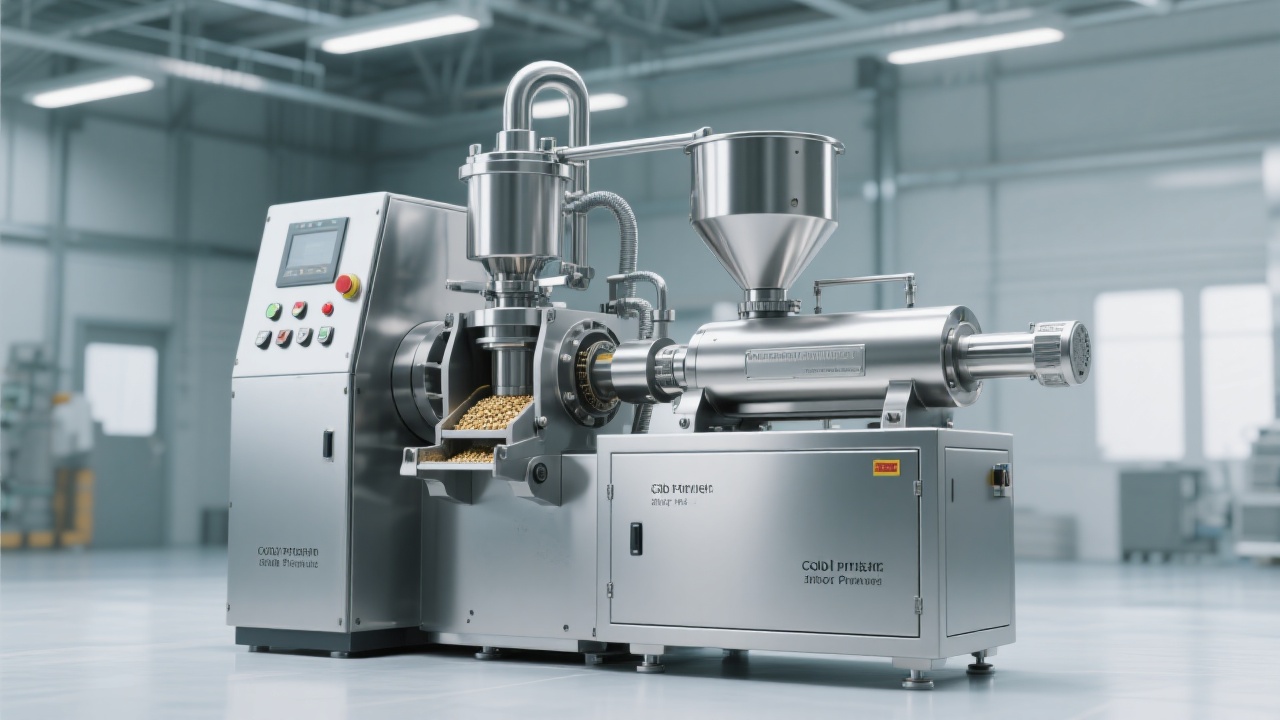
In the world of edible oil extraction, particularly sunflower oil, producers and home users often face persistent challenges: multi-stage processing, time-consuming filtering, and the risk of oil contamination. Traditional oil pressing setups generally require separate filtering units, which can slow production and compromise oil purity. However, integrated oil press machines have emerged as game-changers, offering a seamless “press and filter simultaneously” solution. This article dives into the core technology behind these machines and explains why they are revolutionizing sunflower oil production with efficiency and quality.
Usually, extracting sunflower oil involves pressing the seeds first, collecting crude oil, then filtering it using a separate filtration system. This stepwise approach suffers from drawbacks:
Users—whether small workshops or home kitchens—seek solutions that reduce manual intervention, save time, and produce clear, high-quality sunflower oil fit for immediate use.
The magic lies in the integrated filter module designed within the oil press machine itself. This system typically includes:
This design allows the machine to combine mechanical pressing and filtration into a simultaneous operation—hence, the name “one-step” clean production.

When sunflower seeds are loaded, the spiral screw presses the seeds steadily, extruding oil while the multi-layer filter screen actively traps husks, dust, and residual seed particles. This continuous action eliminates the traditional need to collect unfiltered crude oil and run it through a separate filtration stage.
Notably:
| Component | Role | Benefit |
|---|---|---|
| Spiral Screw | Presses seeds consistently | Stable oil yield, reduced moisture in cake |
| Multi-layer Filter Mesh | Separates solids during pressing | No need for second filtering, oil is crystal clear |
| Flow Channels | Direct oil towards outlet efficiently | Prevents oil backflow, maintains filtration quality |
Thanks to this synergy, the output oil boasts high purity straight from the machine, with suspended solids under 0.5%, which meets standards for fresh edible sunflower oil.
The advantages are multifaceted:
In essence, integrated systems offer “once-pressed, ready-to-use” sunflower oil with a level of clarity traditionally only achievable after multiple filtration steps.
Consider a household kitchen in southern Italy where users pressed sunflower seeds freshly harvested from local farms. They reported that the integrated machine produced transparent oil without any sediment, ready for cooking and storing without further filtering—saving them hours of cleanup effort.
On a slightly larger scale, a small workshop in Poland transitioned from batch pressing plus separate filtering to an integrated press-filter setup. Their oil production increased by 35%, while reported impurity levels dropped from 2% to below 0.5%. This translates directly into better product marketability and lower reprocessing costs.

Despite its innovative design, some users worry the one-step system might sacrifice oil quality or require complicated maintenance. The truth? These machines are engineered for simplicity with easy-to-clean filter elements; routine upkeep takes mere minutes, avoiding downtime.
Also, data from manufacturers indicate that oil yield remains on par or slightly better than traditional presses—thanks to precise pressure control and optimized filtering.

So, what’s your biggest concern when it comes to sunflower oil pressing? Is it purification, yield, or ease of operation? Feel free to share your thoughts and challenges—would love to send you detailed case studies from similar businesses using integrated oil press solutions.

